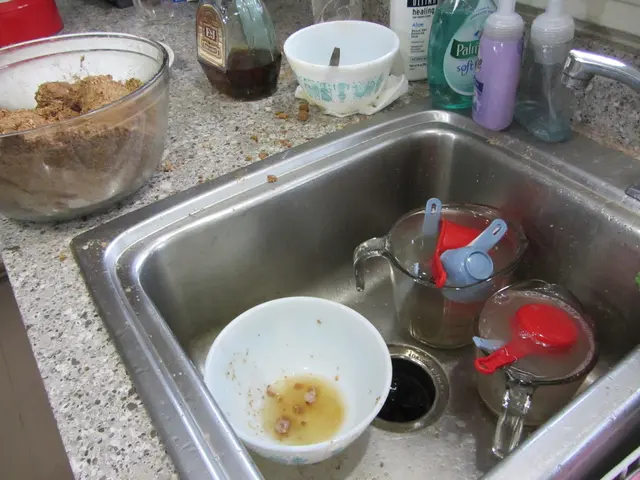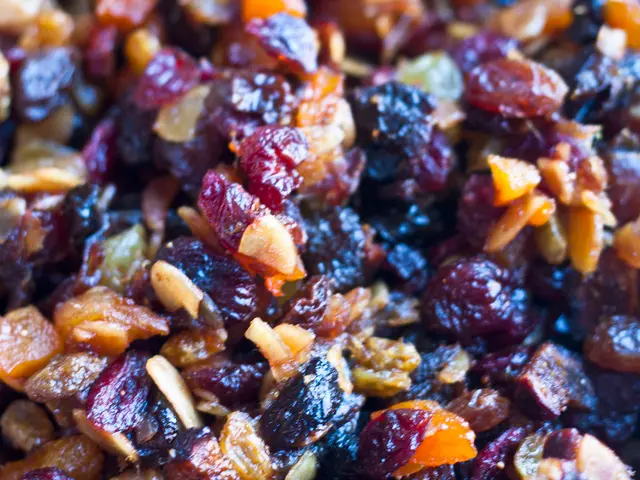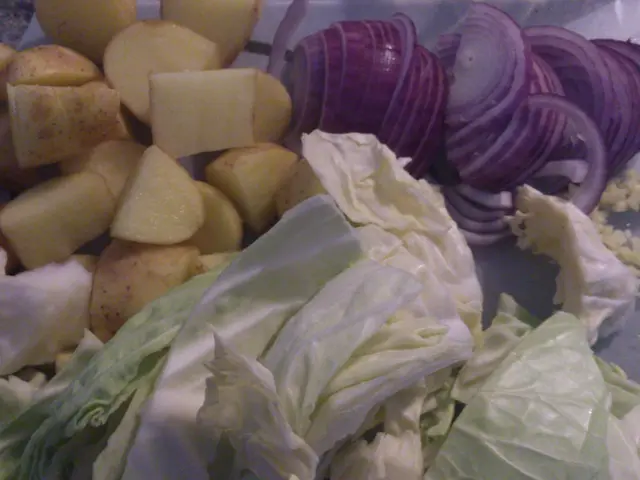Activities for Enhancing Fine Motor Dexterity in the Realm of Science
Article:
In the quest to support children's physical development, a series of engaging science activities have been identified as effective in improving hand strength and fine motor skills. These activities, designed with expert recommendations and sensory play in mind, offer a fun and educational approach to nurturing these essential skills.
One such activity is **clay play and modeling**. Manipulating clay by squeezing, pinching, rolling, and shaping helps develop both small and large hand muscles while engaging tactile senses. This activity supports dexterity and prepares children for tasks like holding pencils or using scissors. The natural resistance provided by clay significantly contributes to hand strength improvement when practiced consistently[1][3].
**Playdough activities** are another popular choice. Similar to clay, playdough encourages rolling, pinching, and molding, which enhances hand coordination and strength crucial for fine motor tasks like writing and using utensils[2].
Incorporating **homemade or specialized tools** into playtime can also be beneficial. Activities involving the use of tweezers, tongs, or homemade tongs (craft sticks and caps glued together) for color sorting or transferring small objects like pom-poms, beads, or water droplets develop the pincer grasp and bilateral coordination, which are key components of fine motor skill development[3][4].
**Transfer and sorting games** involving small objects such as beads, buttons, or pom-poms, moved between containers using tweezers or squeeze tools, hone hand-eye coordination, attention to detail, and finger strength[3].
**Art and craft hands-on work** offers opportunities for practicing precision, control, and hand dexterity while boosting creativity[2][3]. Activities like drawing, coloring, collage making, bead stringing, and weaving can all contribute to this development.
**Water play with resistance** is another playful way to strengthen hand muscles. Using sponges, spray bottles, or transferring water with eyedroppers promotes squeezing and wringing motions[3].
**Science experiments involving hands-on exploration** provide sensory engagement that can be paired with fine motor tasks such as stirring, pouring, or pinching seeds[2]. Examples include planting seeds, experimenting with sinking and floating objects, and color mixing.
Cornflour goo is another material suitable for picking up and squeezing with the whole hand, offering additional resistance for hand strength development. Adding small items to cornflour goo using tweezers can help improve grip strength[5].
**Squirt gun painting** is a creative activity that can also help develop hand strength. Predicting the time it takes to pop a set number of bubbles on bubble wrap can be a data practice opportunity[6].
HAMA beads, stiff syringes, and threading pipe cleaners into a colander for a homemade hat are other examples of activities that can contribute to the development of hand strength and fine motor skills[7][8].
It is essential to remember that the smaller muscles in the palm of the hand control smaller movements of the thumb and fingers. The muscles in the forearm control elbow, wrist, and finger movements, emphasising the importance of these activities in preparing children for a wide range of tasks[9].
By combining sensory-rich, tactile, and resistive activities, parents and educators can create an enjoyable and effective way for children to build hand strength and fine motor skills through science and creative play[1][2][3][4].
[1] Rainy Day Mum (2021). Simple Ideas for Improving Fine Motor Skills at Home. Retrieved from https://rainydayschool.co.uk/simple-ideas-for-improving-fine-motor-skills-at-home/
[2] Imagination Tree (2021). Playdough Inventors Workshop. Retrieved from https://www.imaginationtree.co.uk/playdough-inventors-workshop/
[3] Red Ted Art (2021). Teaching Kids to Sew. Retrieved from https://www.redtedart.com/teaching-kids-to-sew/
[4] Learning Resources (2021). Tweezers and Droppers. Retrieved from https://www.learningresources.co.uk/tweezers-and-droppers
[5] Cornflour Goo (n.d.). Retrieved from https://www.messylittlemonster.co.uk/cornflour-goo/
[6] Bubble Wrap Challenge (n.d.). Retrieved from https://www.messylittlemonster.co.uk/bubble-wrap-challenge/
[7] HAMA Beads (n.d.). Retrieved from https://www.messylittlemonster.co.uk/hama-beads/
[8] Syringe Play (n.d.). Retrieved from https://www.messylittlemonster.co.uk/syringe-play/
[9] The Body (2021). Muscles in the Hand and Forearm. Retrieved from https://www.thebody.com/content/muscles-hand-and-forearm
- The clay play and modeling activity, found in science activities, supports the development of children's hand strength and fine motor skills, as children squeeze, pinch, roll, and shape the clay.
- Science and learning can be fun and educational for kids with activities like playdough, which enhances hand coordination and strength, preparing them for tasks like writing and using utensils.
- Engaging in activities involving the use of tools, such as tweezers, tongs, or homemade tools, can help children develop the pincer grasp and bilateral coordination, essential for fine motor skill development.
- Art and craft hands-on work offers children opportunities to practice precision, control, and hand dexterity while boosting their creativity, contributing to the development of fine motor skills.
- Incorporating science experiments with hands-on exploration, like pouring, stirring, or pinching, provides sensory engagement and can help improve finger strength and hand-eye coordination.





